Microscope images
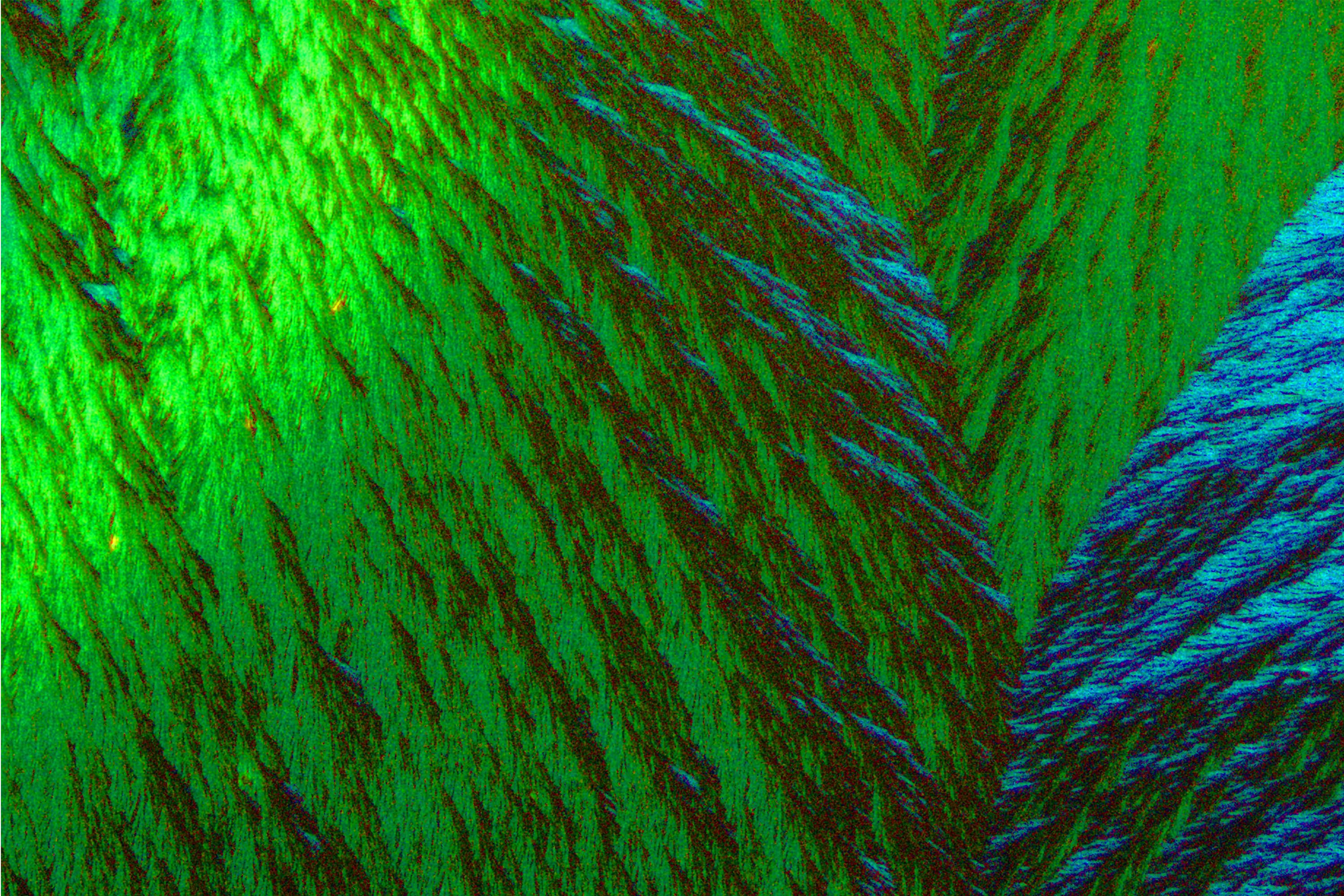
Microscope images (in festive colours) of chiral layers of carbon-based polymers for light emitting diodes, taken at Diamond Light Source. (Photo credit: Dr Jess Wade)
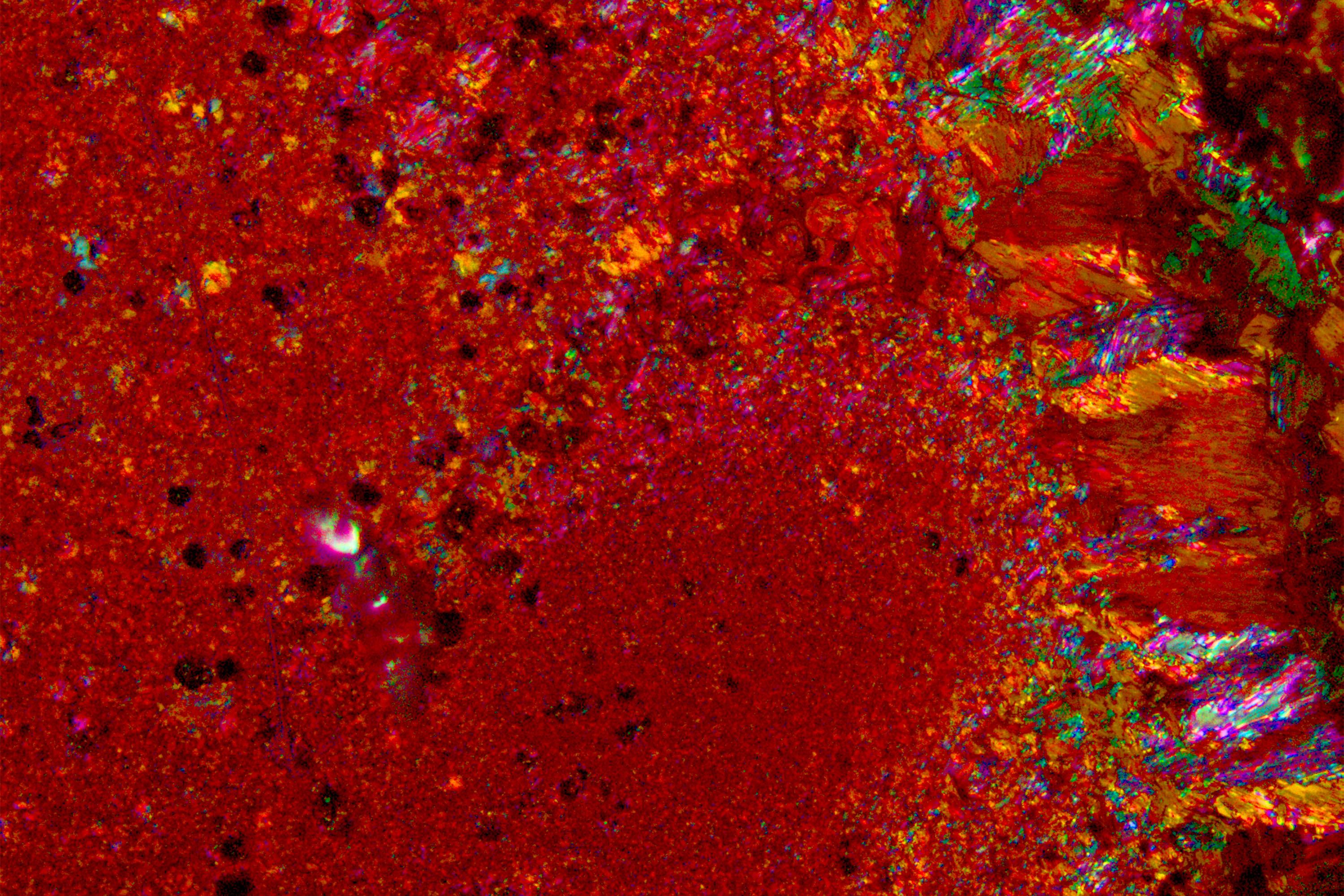
Microscope images (in festive colours) of chiral layers of carbon-based polymers for light emitting diodes, taken at Diamond Light Source. (Photo credit: Dr Jess Wade)
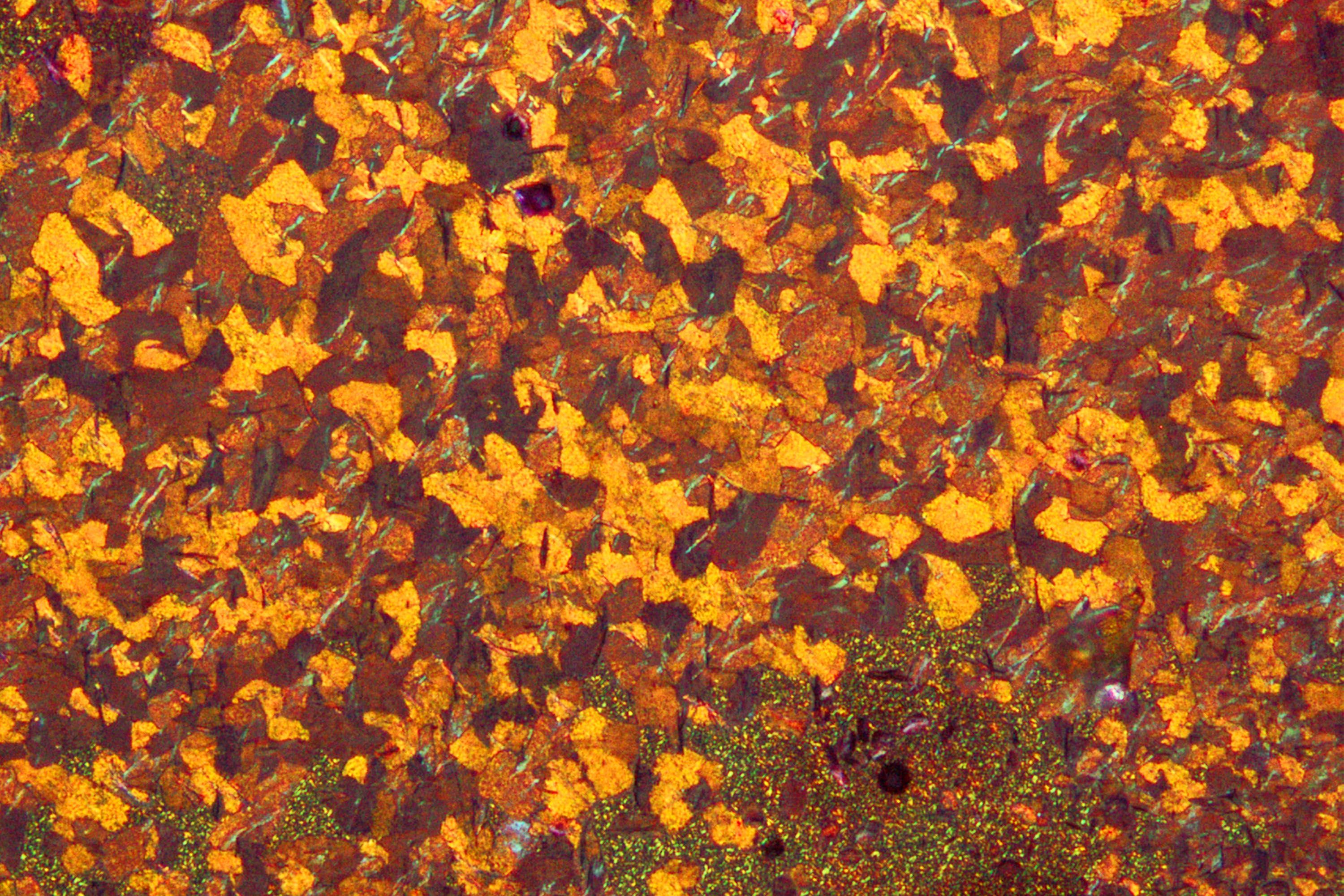
Microscope images (in festive colours) of chiral layers of carbon-based polymers for light emitting diodes, taken at Diamond Light Source. (Photo credit: Dr Jess Wade)
Gut research
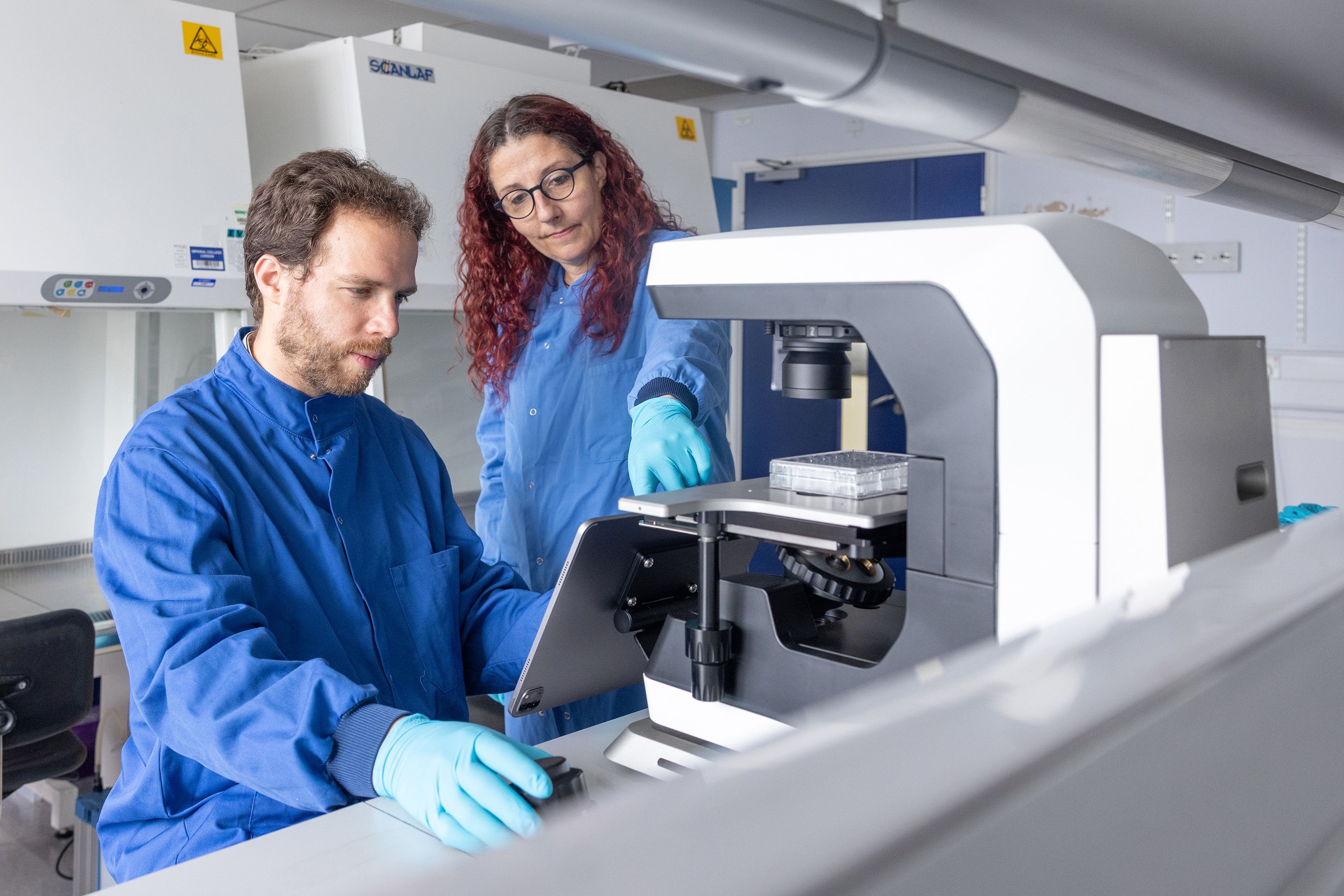
Professor Tamas Korcsmaros (left) is Co-Lead of the NIHR Imperial BRC Organoid Facility, which uses computational and experimental approaches to study signalling networks in the gut. Also pictured (right): visiting researcher Dr Isabelle Hautefort (Photo credit: Thomas Angus)
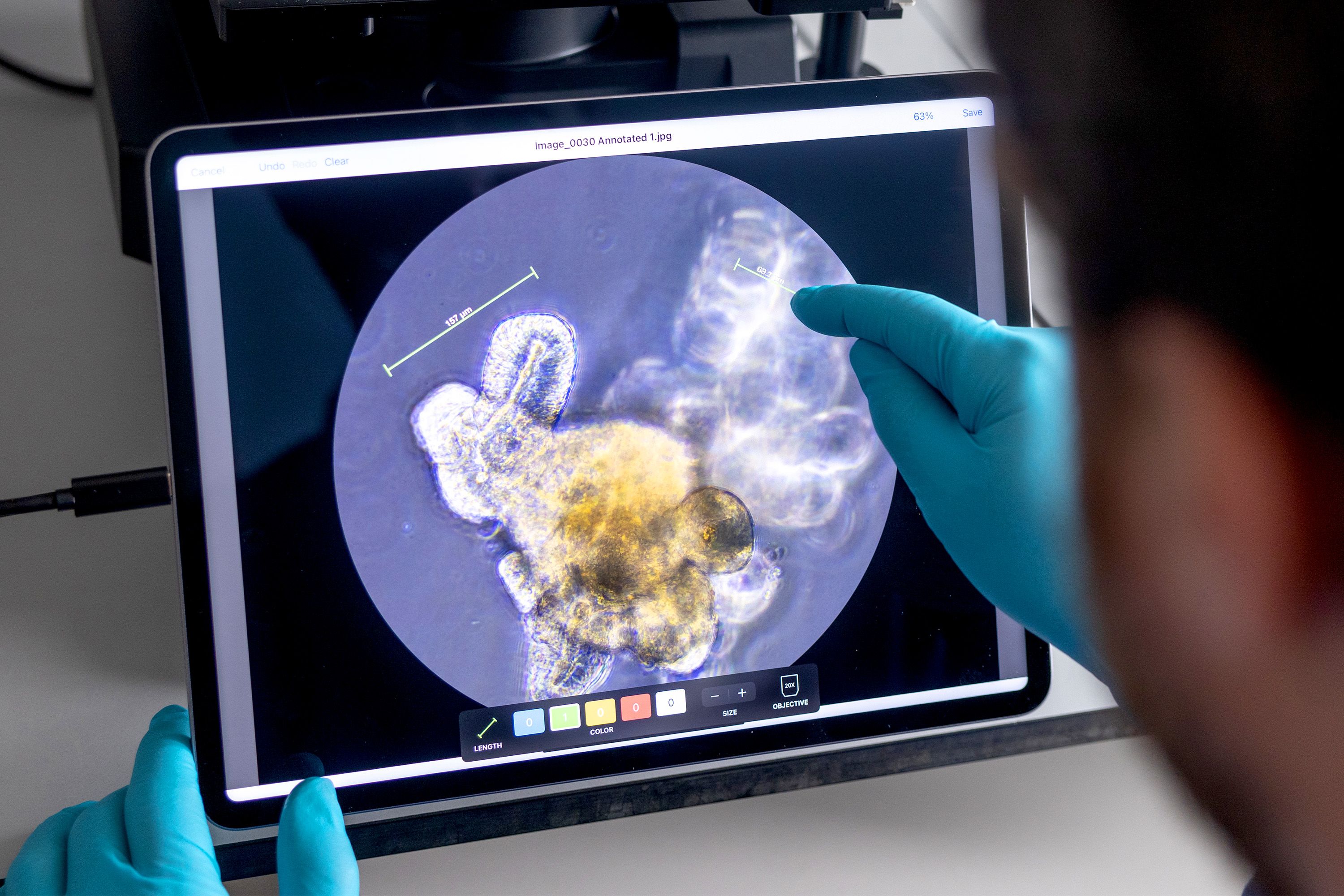
The NIHR Imperial BRC Organoid Facility uses computational and experimental approaches to study signalling networks in the gut. It has developed new organoid-based models that could be used to improve our understanding of biological and medical processes. (Photo credit: Thomas Angus)
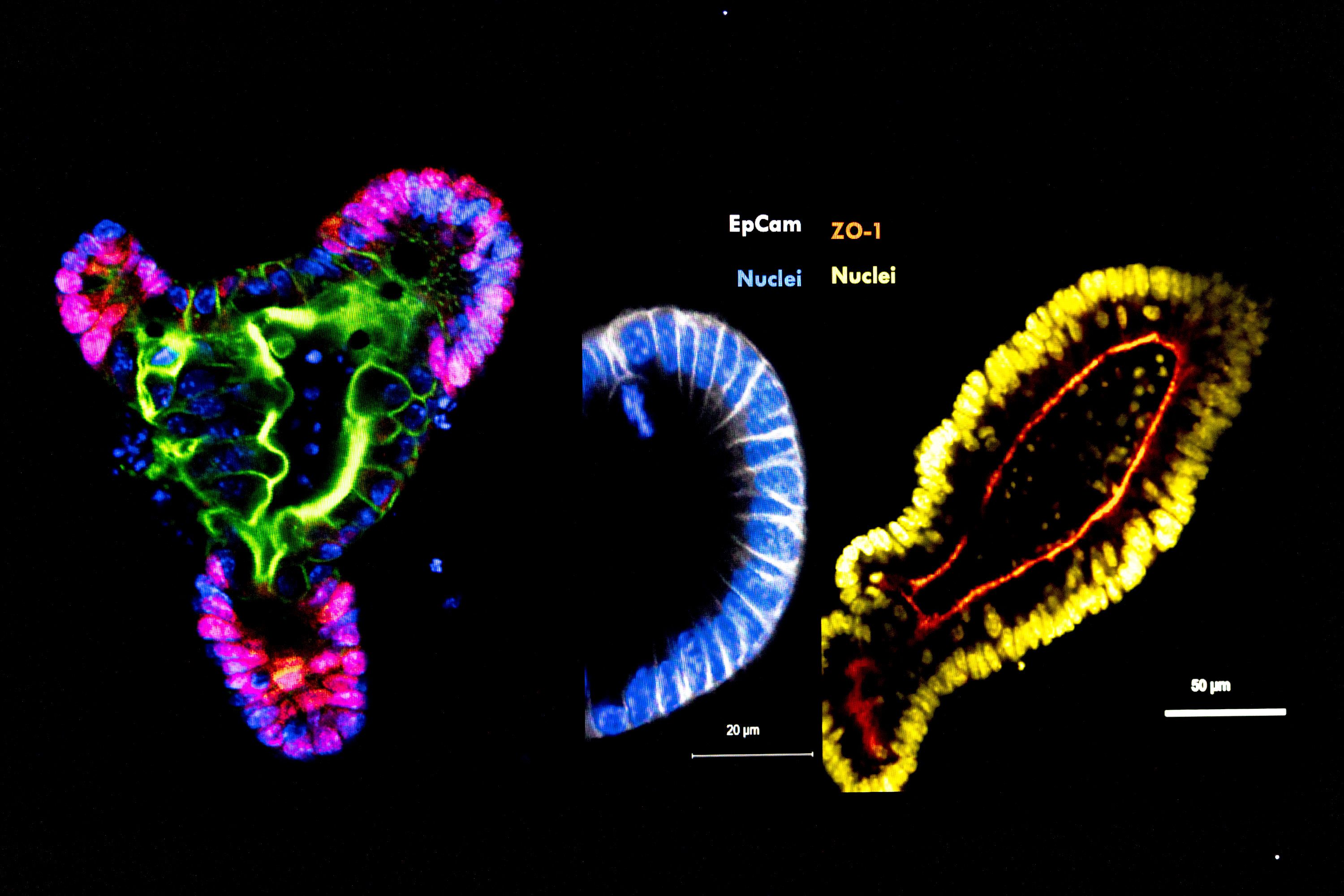
The NIHR Imperial BRC Organoid Facility uses computational and experimental approaches to study signaling networks in the gut. It has developed new organoid-based models that could be used to improve our understanding of biological and medical processes. (Photo credit: Thomas Angus)
Christmas at the Invention Rooms
Find out more about the Invention Rooms on the White City Campus
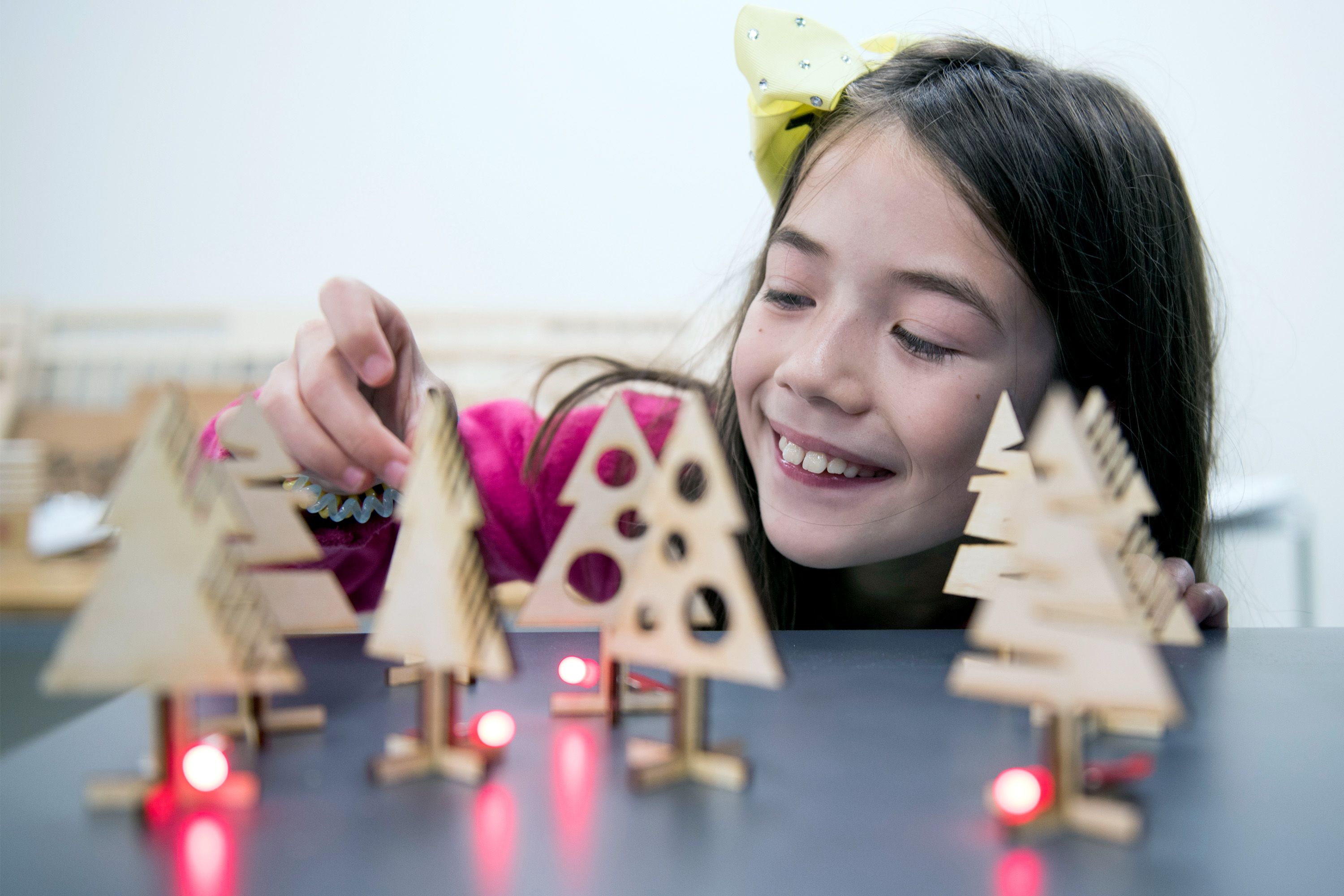
Children making Christmas decorations in the Invention Rooms at Imperial's White City Campus in 2017. The Invention Rooms were opened to the community with free activities and workshops designed for people of all ages to get creative by making and prototyping. (Photo credit: Danny Fitzpatrick)

Children making Christmas decorations in the Invention Rooms at Imperial's White City Campus in 2017. The Invention Rooms were opened to the community with free activities and workshops designed for people of all ages to get creative by making and prototyping. (Photo credit: Danny Fitzpatrick)

Children making Christmas decorations in the Invention Rooms at Imperial's White City Campus in 2017. The Invention Rooms were opened to the community with free activities and workshops designed for people of all ages to get creative by making and prototyping. (Photo credit: Danny Fitzpatrick)
Jezebel
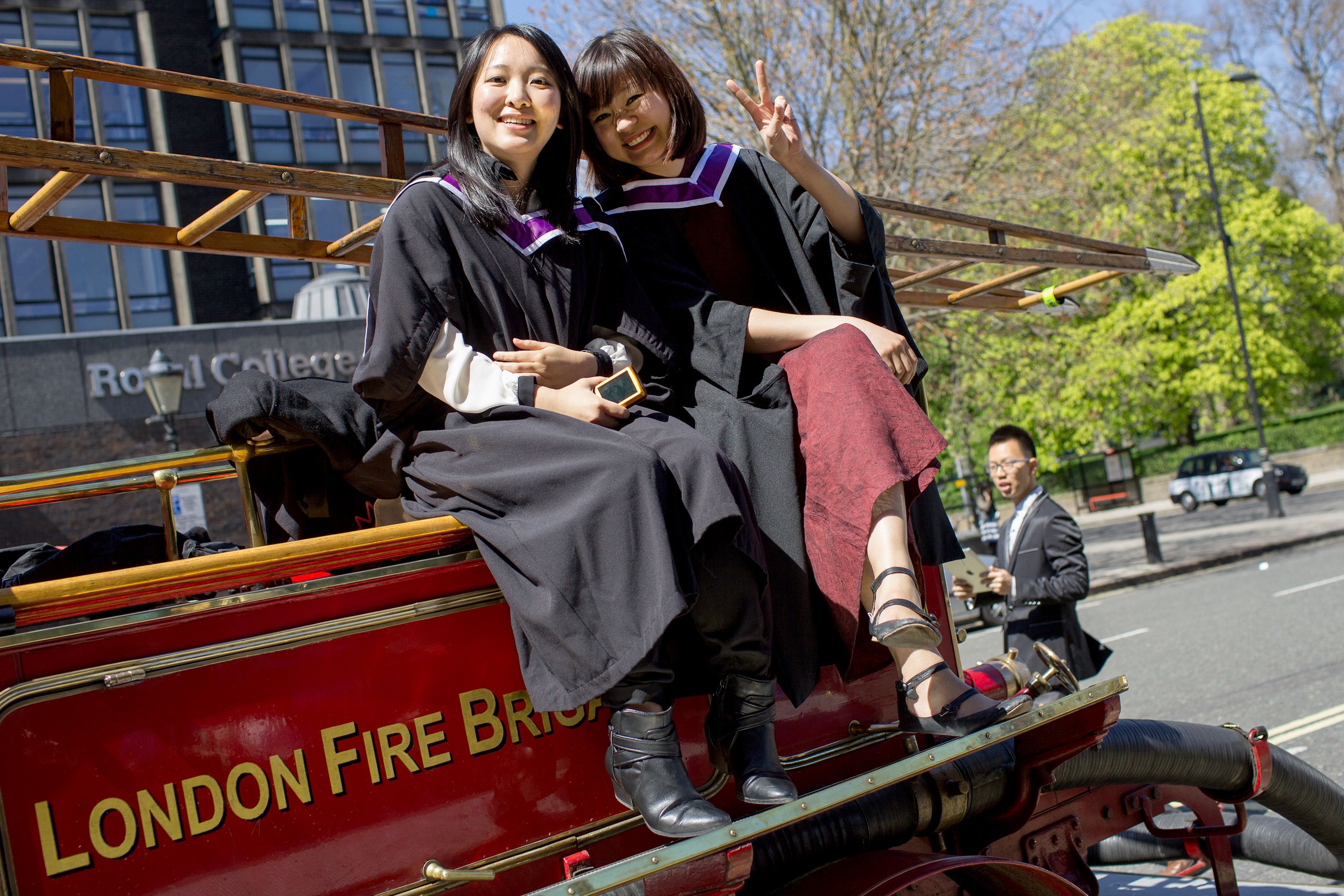
Jezebel, a 1916 Dennis fire engine, can be seen at campus events and around London. She is maintained by students from Imperial's Royal College of Science Motor Clubs. (Photo credit: Thomas Angus)
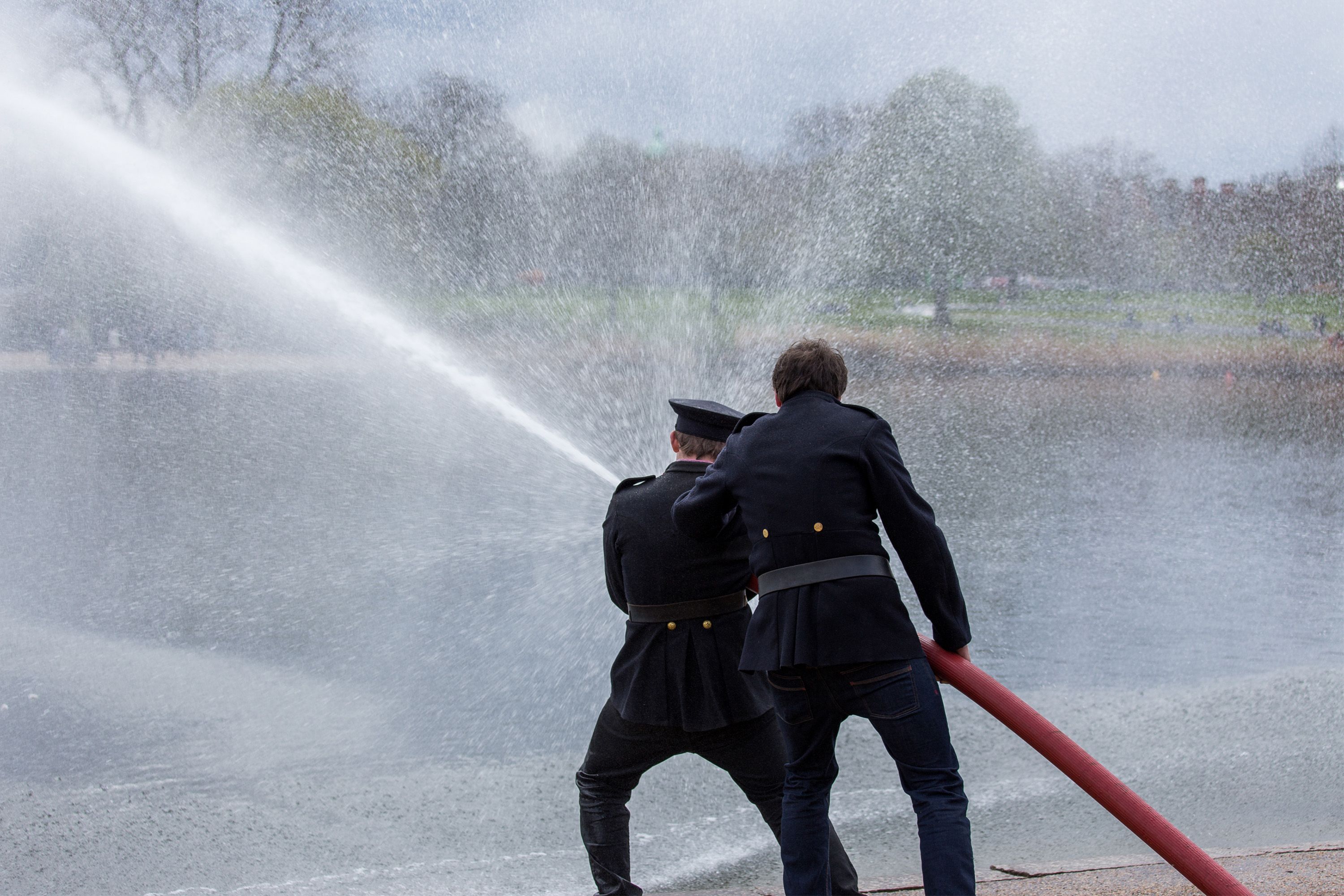
Students at the Serpentine in Hyde Park, demonstrating the capabilities of Jezebel, a 1916 Dennis fire engine, which is maintained by students from Imperial's Royal College of Science Motor Clubs.

Students demonstrating the fire extinguishing capabilities of Jezebel, a 1916 Dennis fire engine, which is maintained by students from Imperial's Royal College of Science Motor Clubs.
Energy Centre Steam Network installation
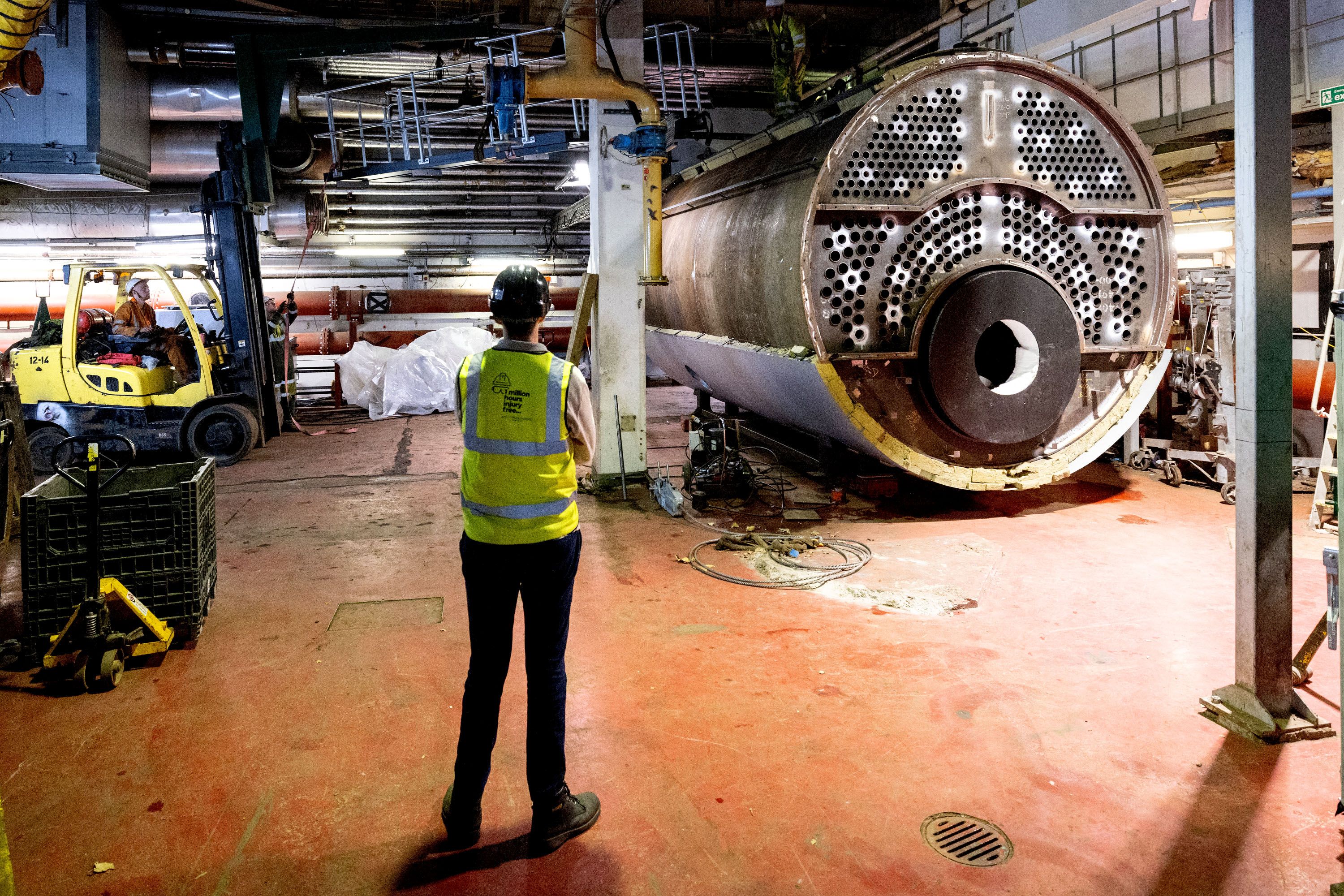
The College is undertaking work to decarbonise its South Kensington Campus by removing the steam heat network and central steam-generating systems. The project is expected to have significant environmental benefits. (Photo credit: Thomas Angus)
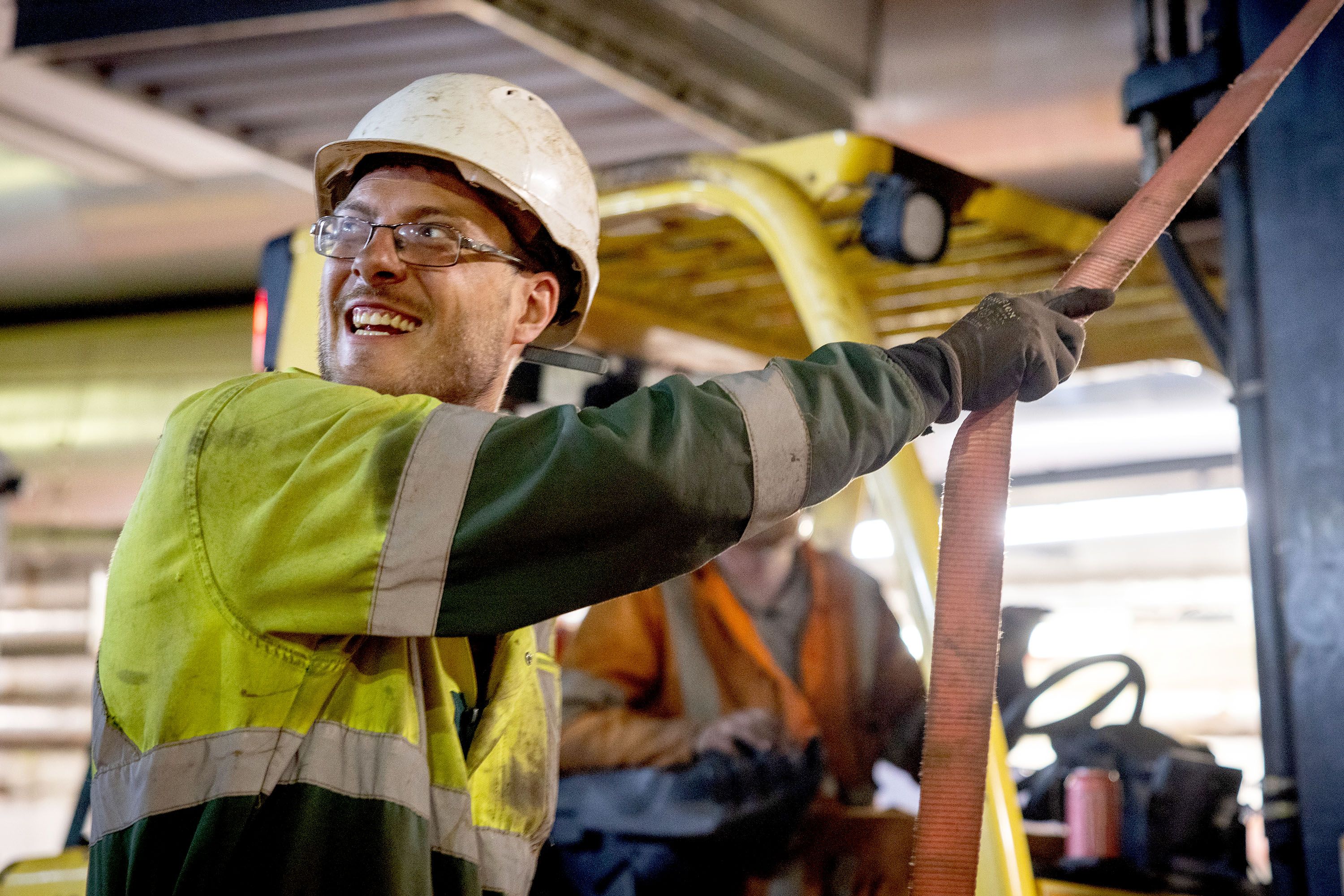
The College is undertaking work to decarbonise its South Kensington Campus by removing the steam heat network and central steam-generating systems. The project is expected to have significant environmental benefits. (Photo credit: Thomas Angus)

The College is undertaking work to decarbonise its South Kensington Campus by removing the steam heat network and central steam-generating systems. The project is expected to have significant environmental benefits. (Photo credit: Thomas Angus)